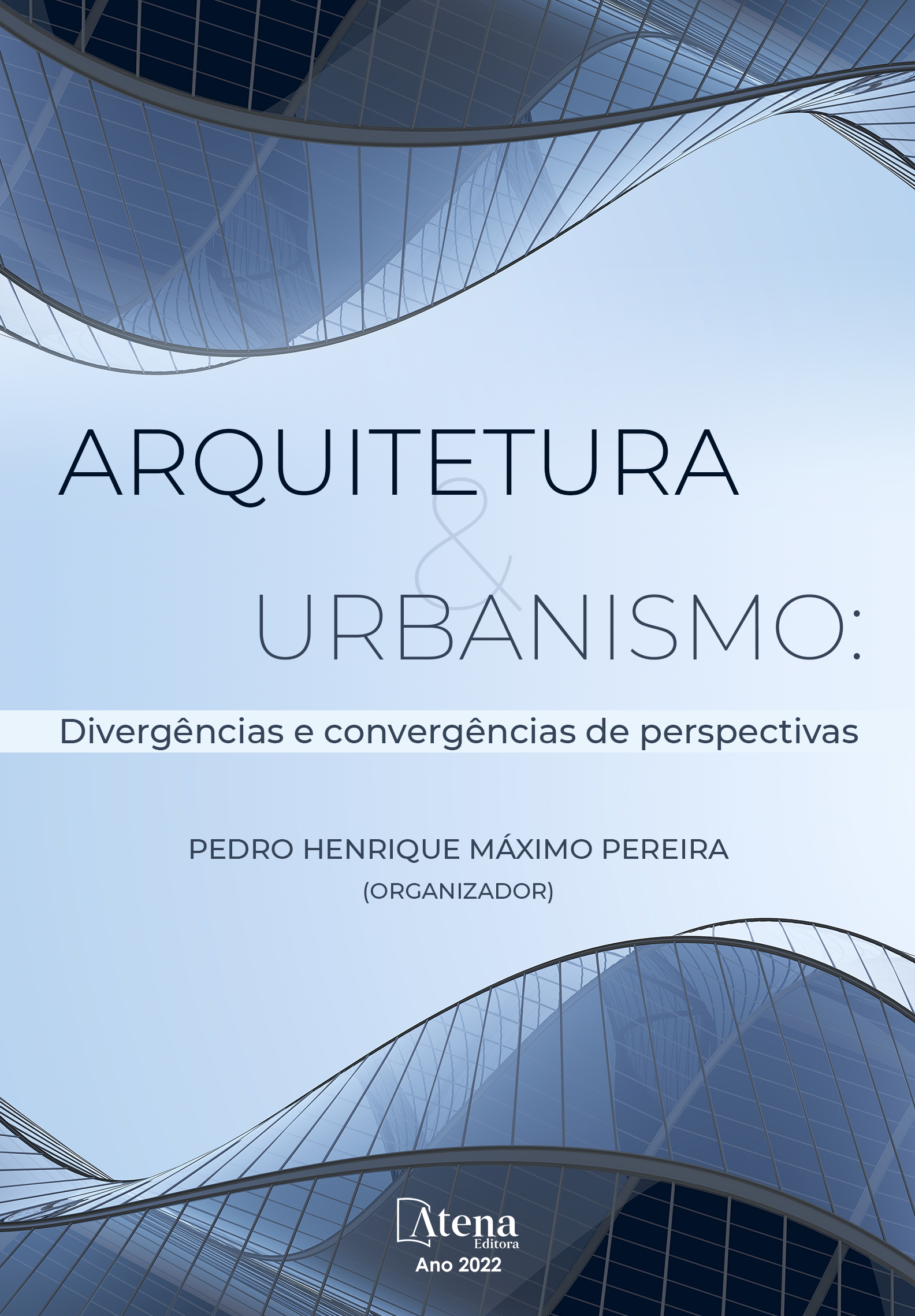
MUSEUS EM COMUNIDADES, TURISMO E CULTURA: PATRIMÔNIO, IDENTIDADE, MEMÓRIA E PARTICIPAÇÃO COMUNITÁRIA EM FAVELAS DO RIO DE JANEIRO
A criação de museus em favelas no Rio de Janeiro é parte de um processo de reconhecimento dessas áreas da cidade, e teve início com o Museu a Céu Aberto da Providência em 2003. Além desse museu territorial em 2006 é criado outro museu de comunidade, o Museu da Maré. Mais tarde, no contexto dos grandes eventos esportivos na cidade, Copa do Mundo de 2014 e Jogos Olímpicos em 2016, complementando o movimento crescente do turismo em favelas, surgem em 2008 outros museus territoriais, o Museu de Favelas (MUF) e o Museu da Rocinha-Sankofa. Em um momento pós-eventos foram criados o Museu das Remoções em 2017 e o projeto de museu territorial Maré a Céu Aberto em 2019. Cada um desses momentos marca novas relações entre as favelas, suas populações e políticas públicas, e diferentes relações entre a memória, história, patrimônio e identidade nas favelas, incluindo o turismo. Se o Museu da Providência teve vida efêmera, por sua pouca relação com os moradores locais, os demais museus, mesmo com todas as dificuldades financeiras, mostram como em diferentes momentos, com maior ou menor apoio de políticas públicas, esses empreendimentos vieram trazer maior visibilidade, possibilidades como a criação de percursos de visitação e de turismo, gerando renda e visibilidade para a potência da cultura dessas comunidades.
MUSEUS EM COMUNIDADES, TURISMO E CULTURA: PATRIMÔNIO, IDENTIDADE, MEMÓRIA E PARTICIPAÇÃO COMUNITÁRIA EM FAVELAS DO RIO DE JANEIRO
-
DOI: 10.22533/at.ed.17922270416
-
Palavras-chave: favelas; turismo; museus comunitários.
-
Keywords: favelas; tourism; communitarian museums.
-
Abstract:
The creation of museums in Rio de Janeiro’s favelas is part of a process aimed at acknowledging these areas of the city that started with the opening of the Museu a Céu Aberto da Providência in 2003. Apart from the territorial recognition the museum set in place, the year of 2006 saw the opening of another community museum, the Museu da Maré. On 2008, in the scenario of the major sports events the city would host, namely the 2014 World Football Cup and and the 2016 Olympic Games, which greatly added to the rising flow of tourism in the favelas, other territorial museums open their doors such as the Museu de Favelas (MUF) and the Museu da Rocinha-Sankofa. The post major-event moment saw the opening of the Museu das Remoções in 2017 and the project that would lead to the opening of the projecto Maré a cèu Aberto in 2019. Each of these moments marks new relations between the favelas, and their dwellers, and public policies, as well as sets new relations between memory, history, heritage, and identity in the favelas, including tourism. If the Museu da Providência was short-lived as a result of its faint relation with the locals, the other museums, despite the myriad of financial difficulties they face, show how such enterprises brought about, with little or no support from Government, greater exposure and visibility to allow the implementing of visitation paths and tourism tracks, and provide income and recognition for the culture of such communities.
-
Número de páginas: 20
- Sergio Moraes Rego Fagerlande


